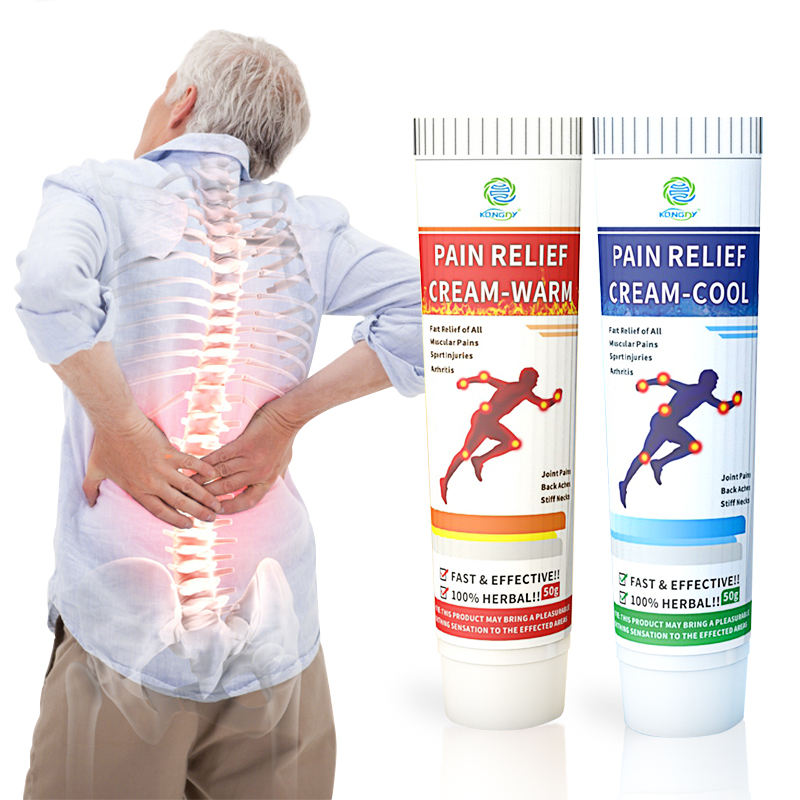The endless array of pain relief creams and ointments lining pharmacy shelves targets every type of ache imaginable. With seemingly interchangeable promises and an alphabet soup of mysterious ingredients, discerning truly safe, proven products perplexes consumers seeking lasting comfort for strained backs, arthritis, neuropathic and assorted activity-induced pains. Cutting through marketing claims with facts on ingredients, safety, application and realistic efficacy helps identify legitimate creams bringing evidence-backed relief minus worries.
- Examining Pain Relief Cream Ingredients
While hundreds of compounds get touted for alleviating discomfort, examining the core evidence on primary ingredients aids selection:
Menthol – Provides cooling sensation distracting nerves from pain signals
Camphor – Stimulates circulation delivering pain-reducing blood flow
Lidocaine – Temporarily numbs surface pain receptors reducing sensitivity
Capsaicin – Compound in hot peppers distracts pain nerves upon contact
Arnica – Herbal extract used for bruising/swelling containing inflammation-lowering flavonoids
Glucosamine – Naturally-occurring joint/cartilage compound with rebuilding potential
Seeking creams combining science-backed active agents offers increased assurance they deliver as hoped.
- Analyzing Additional Inactive Ingredients
Beyond key pain fighting ingredients, products often add extras like dyes, scents and preservatives needing review for personal sensitivities or irritancies. People with allergies must reference all ingredients cautiously to prevent bad reactions undermining pain relief potential. - Assessing Absorption Delivery Methods
Another differentiator lies in how various creams get formulated to penetrate skin optimizing absorption:
Oil/Water emulsions – Mix oil and water suspended ingredients
Vanishing creams – Fast absorbing water-based carrier
Gels – Lighter formulas work well on joint areas
Sprays – Direct application control for hard to reach spots
Patches/Pads – Time released delivery over 24 hours
People needing relief following activity or respond better to lighter textures may favor gels or sprays for fatigue-free use.

- Evaluating Safe Dosing
Application amounts and frequencies require adhering to label specifications. Limit skin area and consecutive days used until observing individual tolerance and results over time. Consult doctors if considering combining oral meds potentially interacting with topical creams using the same ingredients. - Reading Performance Reviews Critically
When parsing online reviews, properly contextualize subjective pain relief based on medical specifics of each case. Those experiencing general strain report far greater satisfaction over chronic condition sufferers. Set realistic improvement expectations rather than seeking miracle cures from any one product uniformly. Vet sources and qualify opinions accordingly.
The reality stands that no perfect pain relief cream exists ideal for every discomfort type, severity level or personal physiology. But consumers can empower informed selections by scrutinizing labels for proven active effects then tailoring choices balancing relief needs, skin concerns and application preferences using this cross-section of factors ensuring safety first. The wide range of products merely provides options to responsibly experiment finding your customized soothing match through an educated lens.






